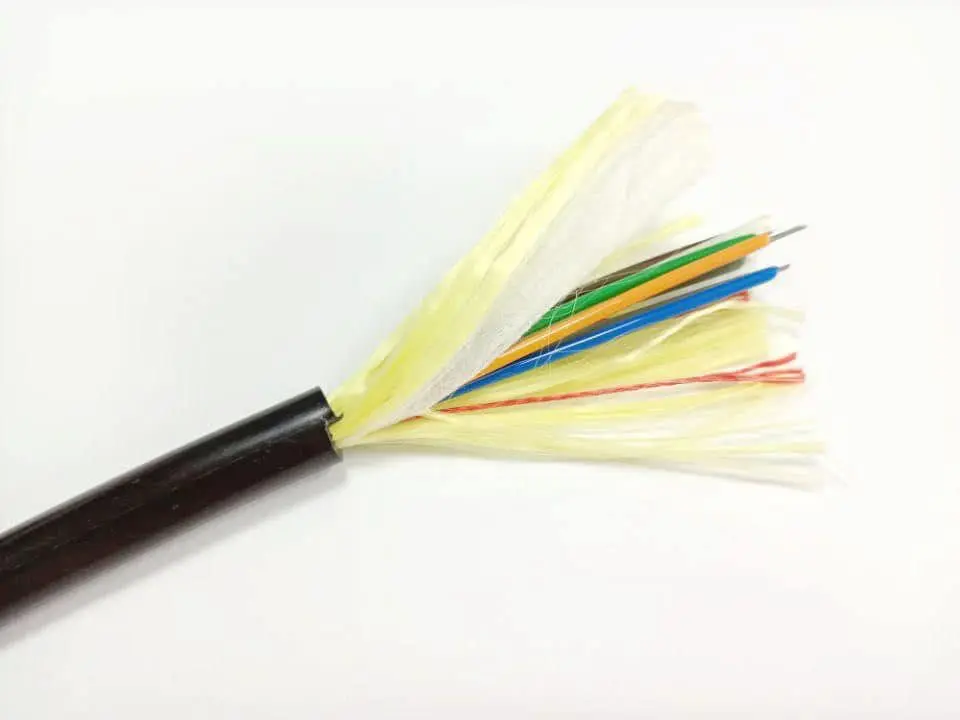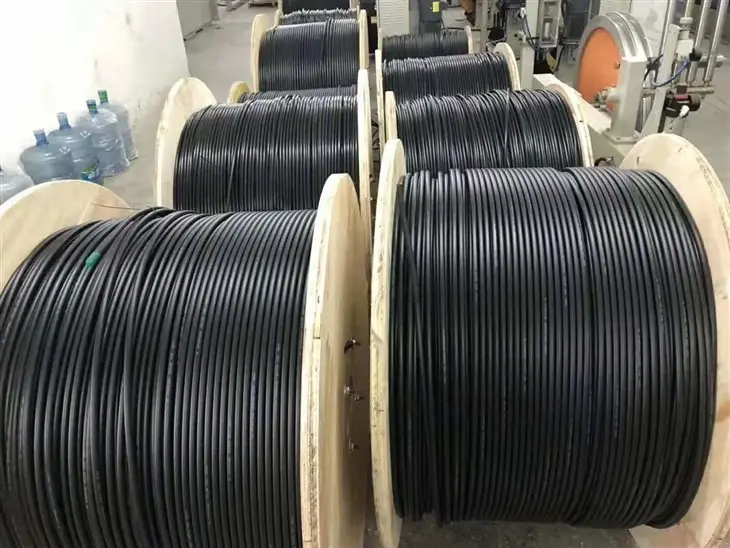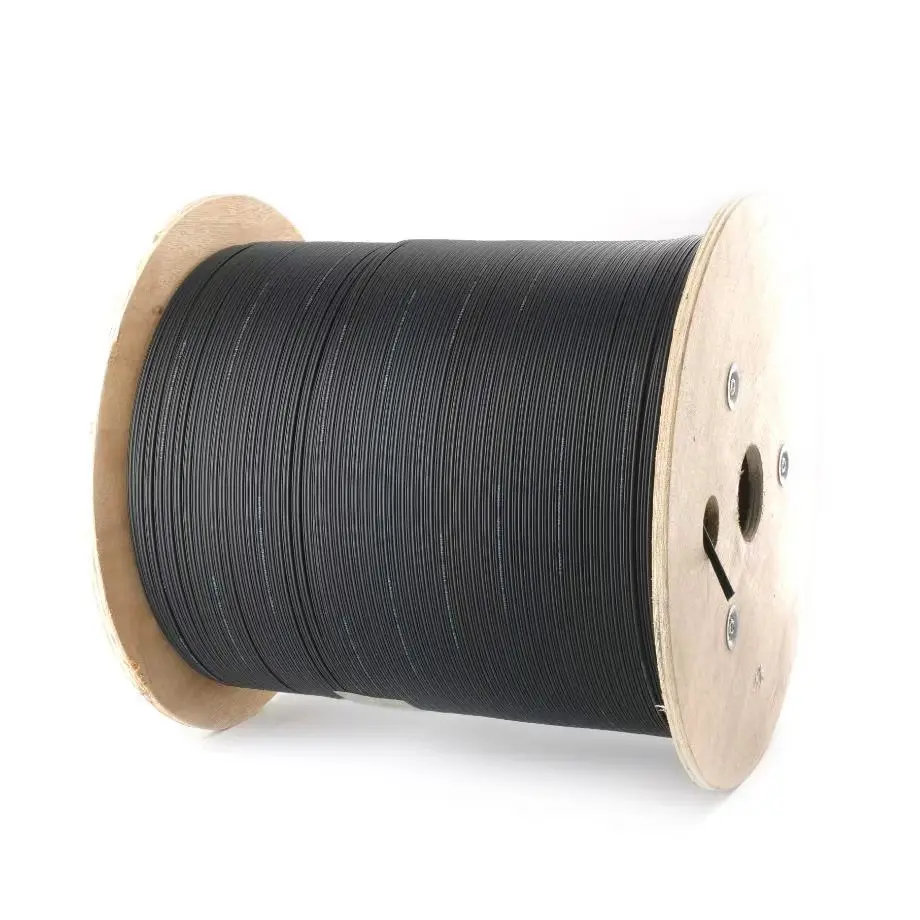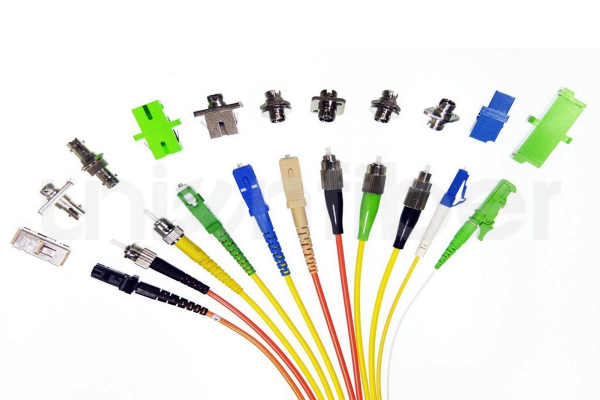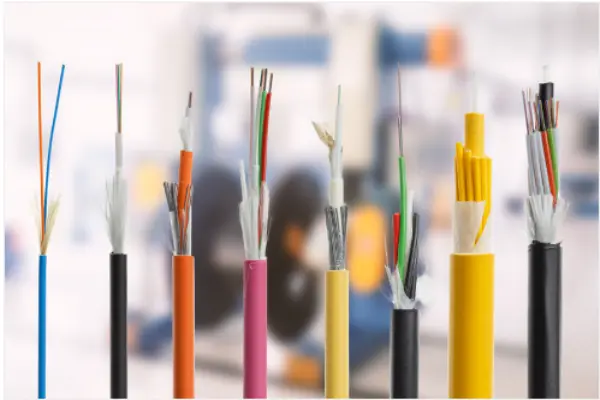CRU: In 2025, the global optical fiber and cable market will usher in a recovery, and the price of bare fiber will be under long-term pressure
October 11 news, during the recently held 2024 World Fiber Optic Cable Conference, CRU chief analyst and cable group director Wang Chenfei, CRU senior analyst Vishnu Patidar introduced the current global fiber optic cable market pattern, and analyzed the trend of data center fiber optic cable demand driven by artificial intelligence applications.
The global Optical Fiber and cable market will recover in 2025
From the historical trend, the optical fiber and cable market has a certain periodicity, and is currently in a two-year adjustment transition period. From the CRU FOCI (CRU Optical Fiber and Cable Index survey), the optical fiber and cable market was at its lowest point in September-October 2023, and then recovered but at a slower pace.
This is why, in the context of weak demand and supply-demand imbalance, the price of G652.D bare fiber hit a record low. Wang Chenfei introduced that the price of bare fiber in the Chinese market has no small impact on other markets around the world. It is reported that the current price of bare fiber in China is stable at 18-19 yuan per core kilometer including tax.
From the current market trend, CRU said that global cable demand will not increase or decrease in 2024, but will usher in a recovery in 2025, with an annual growth rate of
6.2%, reaching 568 million core kilometers, mainly due to the rebound of the US market, the recovery of the European market and the stabilization of the Chinese market.
Wang Chenfei introduced the market forecast of several major markets in 2025, the Chinese market will grow from negative growth in 2024 to a 2.3% growth in 2025, the North American market will have a 15.9% growth, the Western European market will have a 2.3% growth, the Asia-Pacific region (excluding China) will have a 10.3% growth. The Middle East will also see more positive growth.
However, due to the ongoing supply-demand imbalance, fiber prices are expected to remain under pressure in the longer term. Wang Chenfei introduced that the current global optical fiber production capacity is estimated to have 1 billion core kilometers, and the annual demand is about 600 million core kilometers, there is a more obvious excess capacity.
The Chinese market is stabilizing, and demand in North America is strong
Specific to different market areas, Wang Chenfei said that the reason for the unsatisfactory performance of the Chinese market is that major operators are reducing investment in fixed and mobile networks, on the one hand, FTTH is close to saturation, and 5G wide coverage is basically completed. However, operators have focused on increasing investments in cloud computing, data centers and other areas,
However, the application demand of multi-touch optical fiber in data centers and G.654.E optical fiber in long-distance trunk lines is insufficient and offsets the decline in demand for ordinary optical cables. CRU sees that the demand for these two types of products this year is about 7 million core kilometers, which is relatively small compared with the overall demand of more than 200 million core kilometers, and more and more enterprises believe that the market downturn is inevitable.
Wang Chenfei introduced that 2017 was the peak of China's optical fiber and cable market, accounting for nearly 60% of the global total demand, and then declined year by year, it is expected that by 2029, the demand for optical fiber and cable in the Chinese market will account for less than 40%. At the same time, CRU also saw that China's optical cable exports are declining, optical fiber exports are rising year by year, mainly because Chinese manufacturers began to establish optical cable production plants overseas, on the one hand to serve customers nearby, on the other hand to avoid anti-dumping risks.
Vishnu Patidar, another senior analyst at CRU, describes the market performance in Asia Pacific (excluding China), Europe and North America.
Overall demand in the Asia Pacific region (excluding China) in 2024 is close to 65 million core kilometers, with India being the main consumer, accounting for the total demand in this region
More than 25%. In the European market, total demand is expected to decline slightly by 0.7% to nearly 67.5 million core kilometers in 2024, with Eastern Europe showing 2% growth and Western Europe showing a 1.3% decline. In terms of the North American market, total demand grew by nearly 6% to more than 100 million core kilometers in 2024 and is expected to reach 183.4 million core kilometers by 2029.
Vishnu Patidar said that in the North American market, the United States contributes more than 88 percent of the demand. In addition to the United States is promoting FTTH in remote areas, cloud and hyperscale data centers and generative artificial intelligence connectivity solutions are also driving the growth of cable demand. In addition, the Broadband Fair Access and Deployment Project (BEAD) continues to make progress, boosting cable demand.
What does AI mean for cable demand?
At this year's World Optical Fiber and Cable Conference, almost all manufacturers have mentioned the market opportunity of today's hot AI for optical fiber and cable. CRU concludes that demand for data center cables driven by artificial intelligence applications will surge.
However, Wang Chenfei also pointed out that from the overall market of optical fiber and cable, the optical cable demand for data centers will account for 5% in 2024, and is expected to reach 11% by 2029. "It's impressive growth, but the main demand for cable is still from fixed and mobile networks."
From the application scenario, the demand for data center cable mainly comes from generative AI, but the DCI demand can not be underestimated. Because China is facing a chip bottleneck in the short term, network compensation has become a key means, while the United States is facing a bottleneck of insufficient power, and needs the interconnection of data centers across the country to meet the computing power demand, so the demand for DCI is also growing rapidly.
From the perspective of fiber types, although single-mode fiber is the mainstream, multi-touch fiber will still grow at a rate of 10% per year. Wang Chenfei introduced, especially in the multi-touch based Chinese market, if large-scale construction, the demand for multi-touch will further expand.
From the perspective of market region, North America is undoubtedly the largest demand region, and China and Europe are accelerating to catch up. It is expected that by 2029, the demand for data center optical cable will be the first in the United States, the second in China, and the third in Europe.


